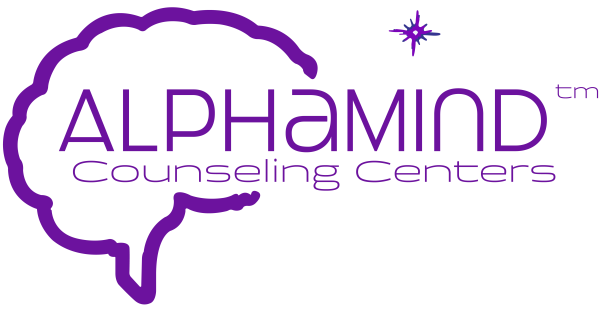EMDR, or Eye Movement Desensitization and Reprocessing is a relatively new form of therapy that has been gaining in popularity in recent years. It is a therapeutic approach that has been found to be effective in helping people address a variety of mental health challenges. EMDR therapy involves the use of bilateral stimulation, such as eye movements, finger taps, or sounds, which helps to reprocess negative thoughts and emotions. EMDR can be done with the help of a therapist, but can you do it on yourself? Here’s what you need to know.
What is EMDR and how does it work
EMDR, or Eye Movement Desensitization and Reprocessing, is a type of therapy that is often used to treat trauma. EMDR can be an effective treatment for PTSD, anxiety, and phobias. The premise of EMDR is that when we experience a traumatic event, our brains store the memory of the event in a way that is different from other memories. This can cause us to relive the trauma when we are triggered. EMDR helps to reprocess these memories so that they are stored in a more adaptive way.
EMDR therapy typically involves eight phases:
- In the first phase, the therapist will help the client to identify a target memory to work on in EMDR. The therapist will also teach the client some coping skills to use if they feel triggered during EMDR.
- The second phase is called stabilization and involves helping the client to feel more emotionally stable before starting EMDR.
- In the third phase, the therapist will help the client to identify a negative belief about themselves that is related to the target memory.
- The fourth phase is called desensitization and involves having the client imagine the target memory while moving their eyes back and forth.
- The fifth phase is called installation and involves having the client imagine a positive scene that contradicts the negative belief from phase three.
- The sixth phase is called body scan and involves having the client check in with their body to see if there are any physical sensations associated with the target memory.
- The seventh phase is called closure and involves helping the client to process any emotions that came up during EMDR.
- The eighth and final phase is called reevaluation and involves checking in with the client to see how they have been doing since EMDR.
Doing EMDR on yourself
EMDR therapy is a type of trauma-focused therapy that can be very helpful for people who have experienced a traumatic event. However, EMDR therapy is not something that should be done on oneself. The reason for this is that EMDR can be emotionally intense, and patients need the guidance of a trained professional in order to safely process their memories. In addition, EMDR requires a certain level of concentration and focus, which can be difficult to achieve when working on oneself.
Attempting EMDR therapy on oneself can be counterproductive and even dangerous. Without the guidance of a trained therapist, it is easy to become overwhelmed by the emotions associated with the traumatic memory. This can lead to further distress and even retraumatization. Doing EMDR on yourself can also trigger dissociation, which is when the patient feels disconnected from their own body or reality. This can be extremely dangerous, as it can lead to self-harm or even suicide.Therefore, if you are considering EMDR therapy, it is important to consult with a qualified professional beforehand.
What are the risks of doing EMDR on yourself
EMDR is typically done with a trained therapist, who will guide the patient through the process. However, some people may try to do EMDR on themselves, without professional guidance. While this may seem like a good way to save money, there are several risks associated with doing EMDR without professional help. These risks include:
- EMDR is a complex process, and without professional guidance, it is easy to make mistakes that can actually worsen symptoms.
- EMDR can be emotionally intense, and without proper support, it can be overwhelming and lead to further distress.
- People who are not trained in EMDR may not be able to identify when the therapy is no longer helpful and could continue doing EMDR even when it is no longer beneficial.
There are specific steps in the EMDR therapy treatment process, and it is important to have a trained professional guiding you through each step; completing these steps correctly is what makes this therapy so effective.
Overall, EMDR is a potentially helpful treatment for mental health conditions, but it should always be done with the guidance of a trained professional.
Find EMDR Treatment at AlphaMind Brain Centers
 EMDR is a type of therapy that can be used to help treat trauma and other mental health conditions. While EMDR has been shown to be effective, it is important to note that there are risks associated with doing EMDR on yourself. If you are interested in trying EMDR, it is best to contact a professional who can guide you through the process in a safe and effective manner. At AlphaMind Brain Centers, our team of experts are ready to help you heal from trauma and achieve your goals. Contact us today to learn more about how we can help you!
EMDR is a type of therapy that can be used to help treat trauma and other mental health conditions. While EMDR has been shown to be effective, it is important to note that there are risks associated with doing EMDR on yourself. If you are interested in trying EMDR, it is best to contact a professional who can guide you through the process in a safe and effective manner. At AlphaMind Brain Centers, our team of experts are ready to help you heal from trauma and achieve your goals. Contact us today to learn more about how we can help you!


